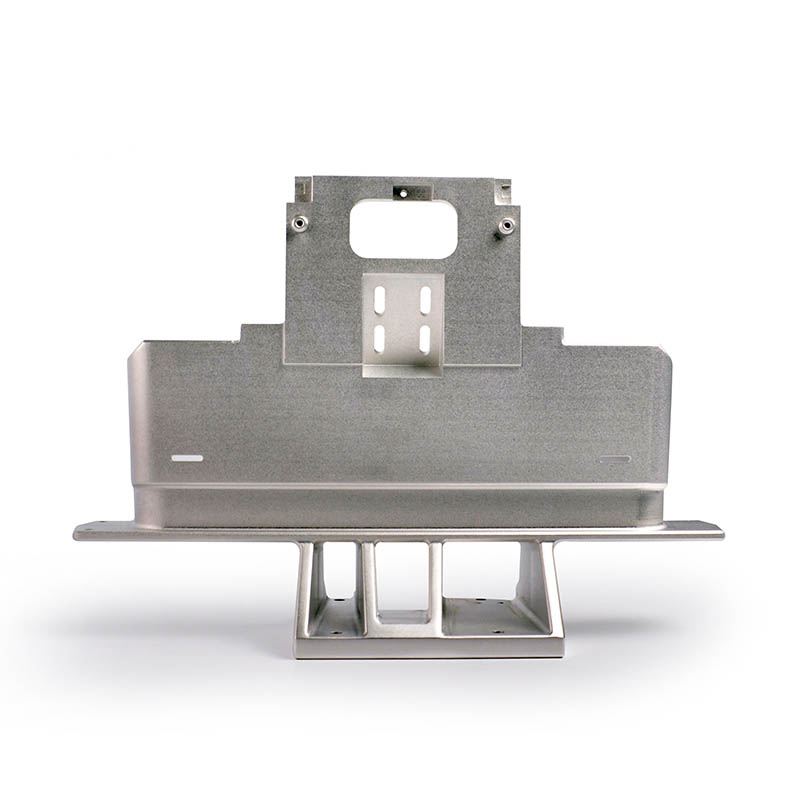
Sheet Metal and fabrication are two distinct methods in metalworking that serve different purposes. Understanding the differences between the two is crucial for making informed decisions in various projects. In this comprehensive guide, we will delve into the intricacies of sheet metal and fabrication, exploring their definitions, materials, techniques, cost comparison, strength, durability, design, customization, time efficiency, quality control, environmental impact, innovation, and technology. By the end of this post, you will have a clear understanding of which method suits your project best.
Sheet metal refers to metal in the form of thin, flat pieces. Common materials used in sheet metal include aluminum, steel, copper, and brass. Sheet metal finds applications in various industries such as automotive, construction, and aerospace due to its versatility and malleability.
Fabrication encompasses a range of processes involved in shaping raw materials into finished products. These processes include cutting, bending, welding, and assembling. Industries like manufacturing, construction, and engineering frequently use fabrication to create structures and components.
Sheet metal typically uses materials like aluminum and steel, while fabrication can involve a wider range of materials such as plastics, composites, and alloys. The choice of material impacts the strength, durability, and appearance of the end product.
In sheet metal, forming techniques like bending and rolling are commonly used to shape the metal. In fabrication, welding processes like MIG, TIG, and stick welding are used to join materials together. Both methods require finishing processes like painting, powder coating, or plating to enhance the appearance and protect the surface.
Factors like material costs, complexity of design, labor, and equipment influence the cost of sheet metal and fabrication projects. Sheet metal projects are generally more cost-effective for simpler designs, while fabrication projects with intricate details may incur higher costs.
Sheet metal is known for its strength and rigidity, making it suitable for structural applications. Fabricated products, on the other hand, offer durability and versatility in design. The choice between sheet metal and fabrication depends on the specific requirements of the project.
Lead times for sheet metal projects are typically shorter due to the simplicity of the manufacturing process. Fabrication projects may have longer turnaround times depending on the complexity of the design. Efficiency in project planning is essential to meet timelines and deliver high-quality results.
Real-life examples of successful sheet metal projects showcase the versatility and applications of the material in various industries. Case studies of innovative fabrication solutions demonstrate the creativity and skill involved in producing complex structures and components. Lessons learned from different projects provide valuable insights for future endeavors.
In conclusion, the distinctions between sheet metal and fabrication lie in materials, techniques, cost, strength, durability, design, customization, time efficiency, quality control, environmental impact, innovation, and technology. Choosing the right method for each project is crucial for achieving the desired outcomes. By considering all factors and making informed decisions, you can ensure success in your metalworking projects.